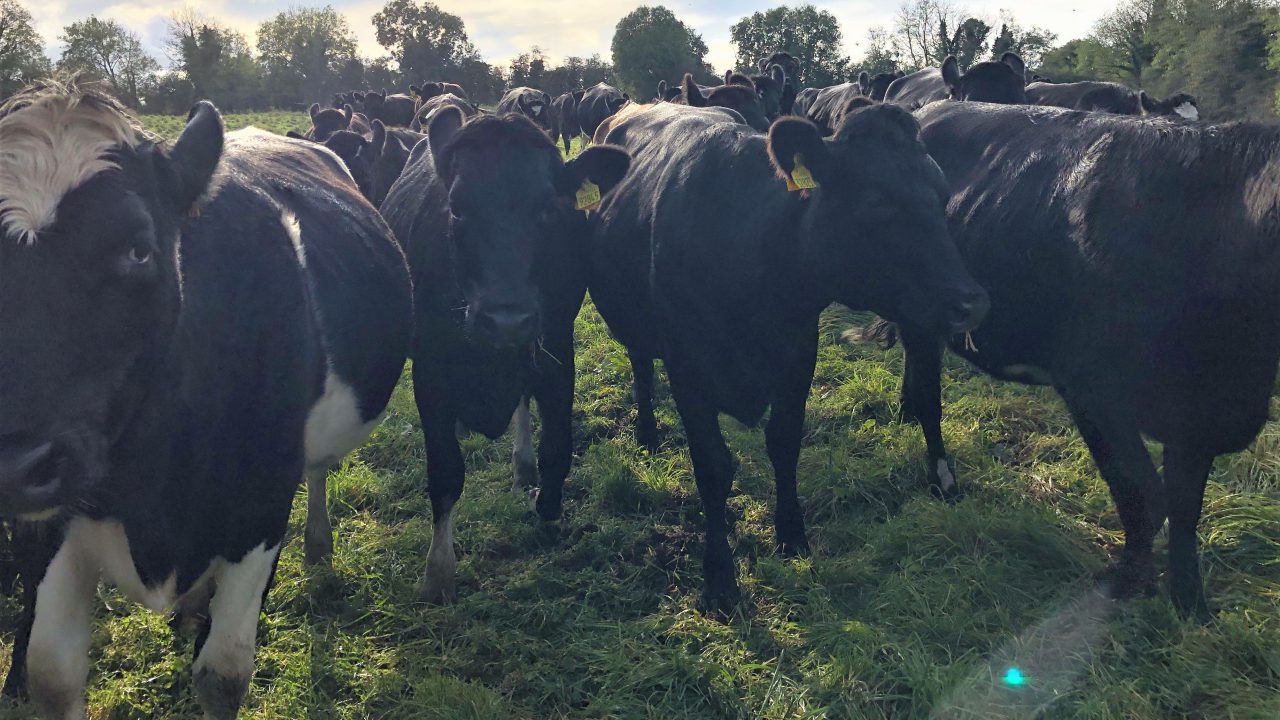As the grazing season draws to a close and we begin entering a different phase of the year on farms, there are now a number of things farmers should get ticked off their to-do list.
Replacement heifers
Now is an ideal time to compare your replacement heifer weights – both for weanlings and in-calf heifers – relative to their target weights.
Where animals are below target, they should be separated from the main group and given preferential treatment.
Replacement heifer calves which are under-target weight should be fed additional concentrates (1-2kg), along with good-quality silage or grass.
Similarly, if in-calf heifers are too small they must be fed 1-2kg of concentrates and good-quality silage or grass.
If in-calf heifers calve down too small, it can have a knock-on effect on their milk production and fertility performance in the future.
Feed and soil analysis
If not already done so, a silage sample should be tested. If a forage is not analysed, then farmers will either underestimate or overestimate the amount of meal and/or silage required by stock in order to secure optimal animal performance – which can be costly.
Getting your silage assessed for minerals, will also help you make a more informed decision when purchasing minerals for the herd.
Also Read: Do you know the quality of the silage in your pit or bales?Moreover, between now and January is the best time to soil test. Having soil test results early in the season allows for planning and ensures that you get your soil ready for the season ahead.
The results are particularly useful if the plan is to forward buy fertiliser for the coming year.
Also Read: Soil sampling…when ground conditions improveSpring preparations
It may seem like a long way off, but it is never too early to start getting ready for the busy spring period – especially when there is so much talk at the minute about where all the male dairy calves are going to go come next spring.
Many industry representatives have alluded to the fact that dairy farmers may need to hold on to calves for longer next spring; until the dust has settled, when they will then hopefully be able to sell their calves.
If this situation materialises, farmers will need to have the calf accommodation and the labour in place to deal with these extra calves on farms.
Now, and not next spring, is when farmers should begin their preparations.
This can be through sourcing farm labour, looking at calf housing options or perhaps the easier option is to try and find someone who will be willing to take your bull calves next spring.


